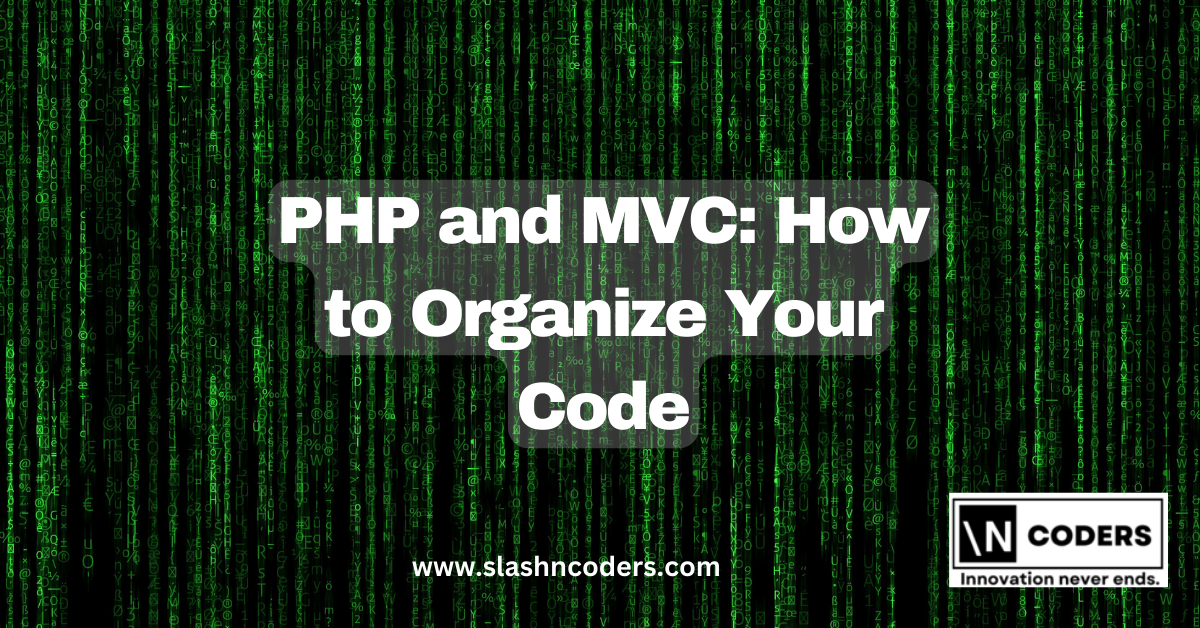When building web applications, it’s important to organize your code in a way that makes it easy to maintain and understand. One popular way to do this is by using the Model-View-Controller (MVC) pattern. In this blog post, we’ll discuss how to use the MVC pattern with PHP to organize your code.
MVC is a design pattern that separates an application into three main components: the model, the view, and the controller. The model represents the data and the business logic of the application, the view represents the user interface, and the controller handles the communication between the model and the view.
The model is responsible for handling the data and the business logic of the application. In PHP, this can be done using classes and objects. For example, if you’re building a blog, you would have a “Post” model class that handles the data and logic for creating, reading, updating, and deleting blog posts.
The view is responsible for displaying the data to the user. In PHP, this can be done using templates. For example, you would have a “post.php” template file that displays a single blog post to the user.
The controller is responsible for handling the communication between the model and the view. In PHP, this can be done using classes and functions. For example, you would have a “PostController” class that handles the logic for displaying a list of blog posts or creating a new blog post.
When building a web application using PHP and MVC, it’s important to keep the model, view, and controller separate. This allows for better code organization and makes it easier to make changes to the application without affecting other parts of the code.
To implement MVC in PHP, you can use a framework such as Laravel, CodeIgniter, or Yii. These frameworks provide the necessary tools and structure to organize your code using the MVC pattern. They also provide built-in support for routing, database management, and other common web development tasks.
Another way to implement MVC in PHP is by using a micro-framework such as Slim or Lumen. These frameworks are lightweight and provide only the essential tools for implementing MVC. They are best suited for small or simple projects.
In conclusion, by using the Model-View-Controller pattern in PHP, you can organize your code in a way that makes it easy to maintain and understand. This is particularly useful for building large, complex web applications. Whether you choose to use a full-featured framework or a micro-framework, the key to success is to understand the pattern, and to apply it consistently throughout your application.


